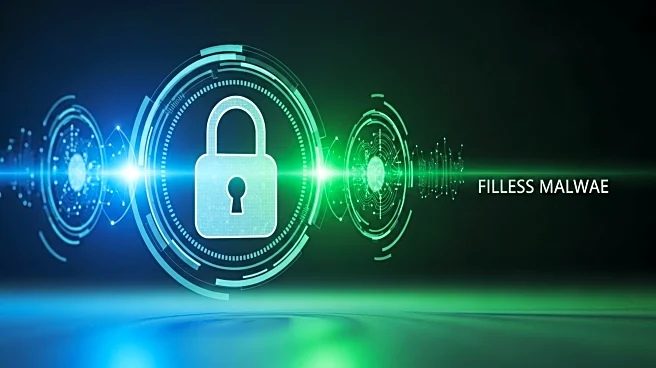What's Happening?
According to the HP Wolf Q2 2025 Threat Insights Report, threat actors are increasingly employing novel living-off-the-land (LOTL) tactics to evade detection. These tactics involve using multiple, often uncommon binaries in a single campaign and leveraging image files to obscure malicious activities. Alex Holland, a principal threat researcher at HP Security Lab, noted the growing trend of chaining LOTL tools and using less obvious file types, such as images, to avoid detection. In one incident, attackers used a combination of LOTL tools to deliver XWorm malware, hiding the final payload in the pixels of an image downloaded from a trusted website. The report also highlighted the use of scalable vector graphics (SVG) files to deliver malware, exploiting their ability to mimic legitimate web applications and evade security filters.
Why It's Important?
The adoption of novel LOTL techniques by cybercriminals poses significant challenges for cybersecurity teams. These tactics make it difficult to distinguish between legitimate and malicious activities, increasing the risk of successful cyberattacks. The use of trusted websites and file types to deliver malware further complicates detection efforts, potentially leading to data breaches and financial losses for organizations. As attackers continue to innovate, cybersecurity professionals must adapt their strategies to effectively counter these evolving threats. The report underscores the need for advanced threat detection and response capabilities to protect against sophisticated cyberattacks.











